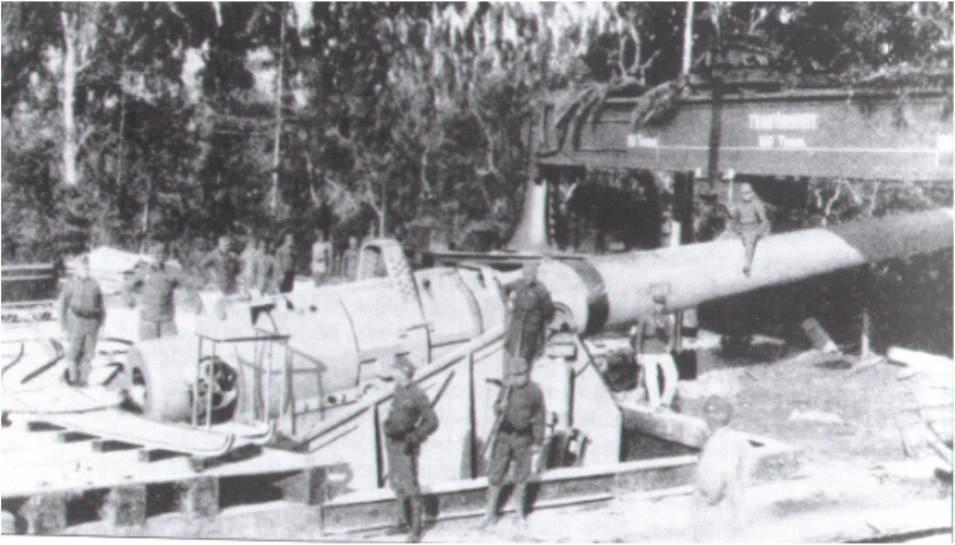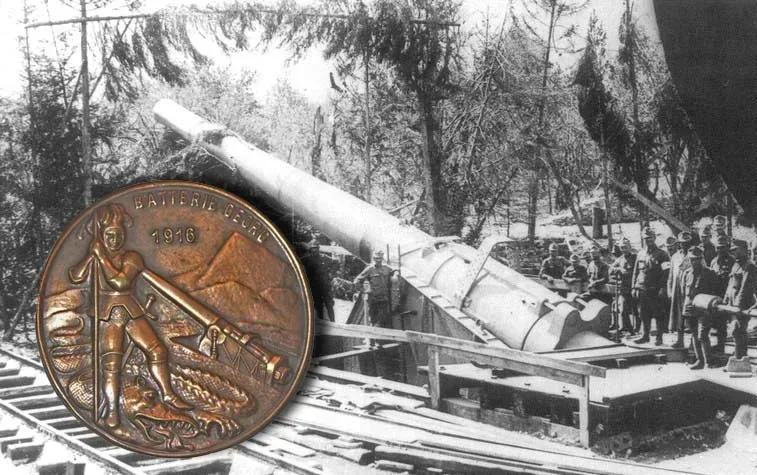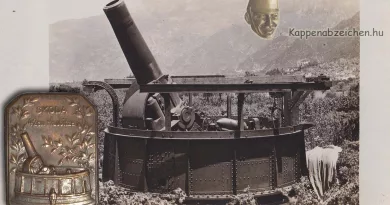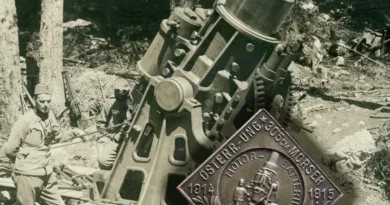35 cm L45 M 16 ship gun
The ever-expanding Great War placed increased demands on artillery. The number and firepower of the artillery equipment used had to be increased. The Monarchy used all possible means. Even before the war broke out, the government ordered eleven 35-caliber cannons from Skoda Works that would have been installed on the first ship of a new ship class (Ersatz Monarch class). The ship was not completed, the first two cannons delivered were converted for land use.
The first cannon was completed on May 15, 1915. Testing lasted until April 1916. It was then sent to the Italian front and installed near Lake Caldonazzo. During the Great Tyrolean Offensive of 1916, the cannon fired a total of 122 shots. It was returned to Skoda Works for recalibration at the end of May. This first cannon was nicknamed “Georg”. The cannon was able to deliver a projectile weighing 700 kg over a maximum distance of 31 km. Its destination was the Italian headquarters in Asiago. According to reports, a siren was sounded before the shots. The windows of nearby buildings had to be opened so that the shockwave caused by the ejection would not damage them.

The second cannon was sent to the Romanian front in November 1916 to support the Austro-Hungarian and German counter-offensive forces crossing the Danube and during the siege of Bucharest. The cannon fired only a few shots here, and the crossing was unexpectedly quick and trouble-free against the Romanian troops in collapse.
In May 1917, the first two cannons were again prepared for deployment, and two more cannons were completed. Construction of another seven planned units was also underway. The two cannons already deployed before, including the “Georg”, were once again on the Italian front. The second was placed in August 1917, north of Trieste, near Santa Croce. In September, the cannon attacked Italian long-range cannons in the estuary of the Isonzo and near Grado. In the 12th Battle of Isonzo, Italian positions and underlying areas along the lower parts of the Isonzo valley were attacked by cannon.

The post-war fate of the cannons is unclear. The Italians and the French scrapped their items. The Serbs continued to use one. The remaining seven planned tools have probably never been completed.




